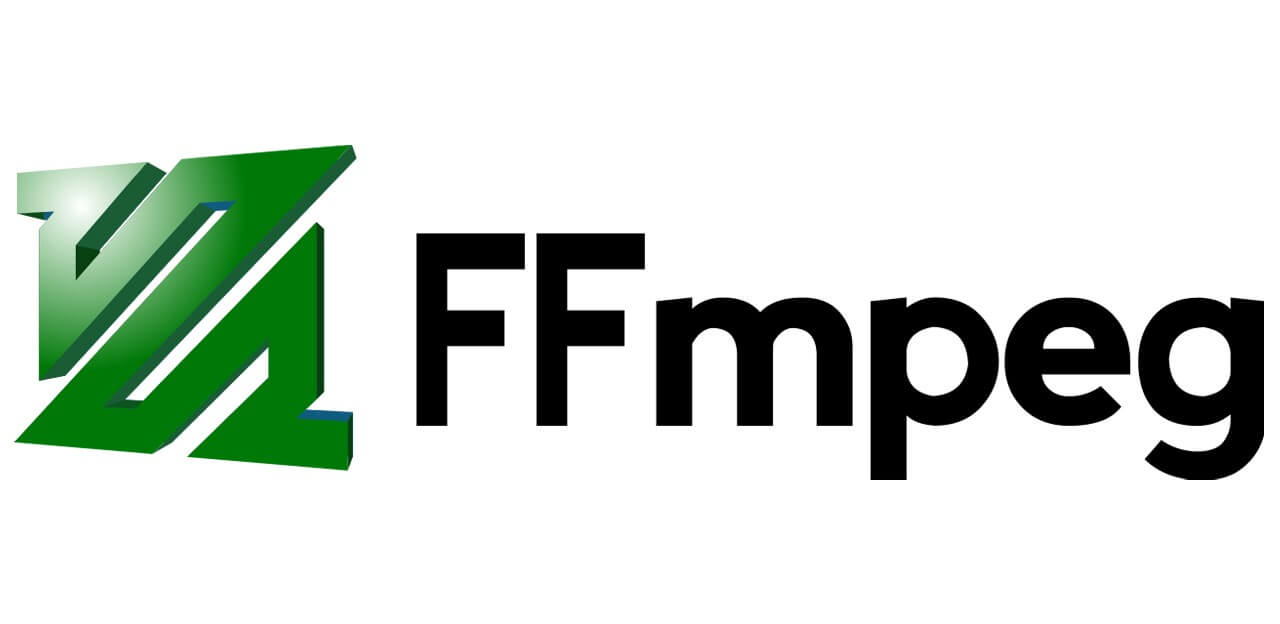
Your browser does not support the video tag.

How to record your camera to a video file. From what I understand, these are supposed to act exactly the same, but that doesn't appear to be the case. $ ffmpeg -f v4l2 -i /dev/video0 Remote access from aweb browser It’s also used by others to live stream a recorded file or camera to a RTMP streaming server such as Wowza, YouTube or Facebook Live. If I use an older version of ffmpeg (version 4.1.4), it supports 2 ways of copying the video and audio feeds from the source stream without re-encoding them: -c:av copy and -vcodec copy -acodec copy. The last argument passed to ffmpeg is the path to where the segments should be written it contains a format specifier ( d ) similar to those supported by the printf function in C. We can specify the segment duration with the -segmenttime option. # Redirect index.html to the appropriate site We use ffmpeg‘s segment muxer to segment the video. # Only allow local people to get the status # set this high enough to exceed stream bitrate MaxBandwidth 10000 # Maximum bandwidth per client HTTPPort 8080 # Port to bind the server to # sh -c 'echo "deb jessie main" > /etc/apt/sources.list' Watermark ffmpeg -i -i watermark.png -filter_complex "overlay=10:10" -an -vcodec h264 file1.mp4ĭata e ora ffmpeg -i -vf "drawtext=fontfile=/usr/share/fonts/TTF/Vera.ttf: text='%.mp4" done Registrazione da stream mjpg ffmpeg -i -an -vcodec h264 file.mp4

$ ffmpeg -f concat -safe 0 -i mylist.txt -c copy output.mp4Ĭonversione da audio stereo a audio mono ffmpeg -i audio_stereo.m4a -ac 1 audio_stereo.mp3 Ffmpeg notes Concatenazione di file mp4 $ cat mylist.txt


 0 kommentar(er)
0 kommentar(er)
